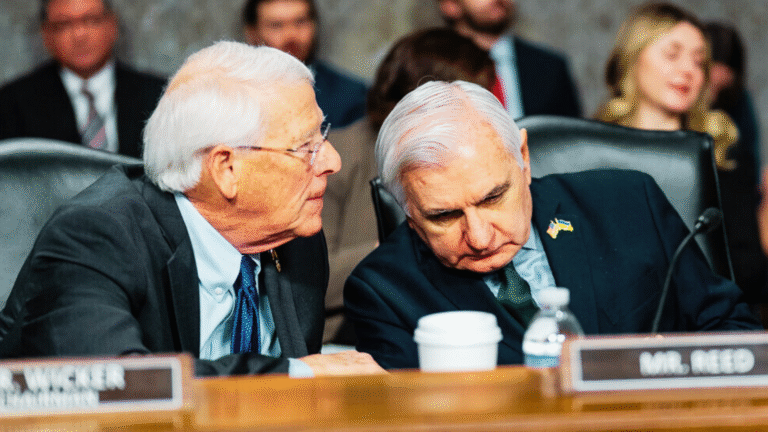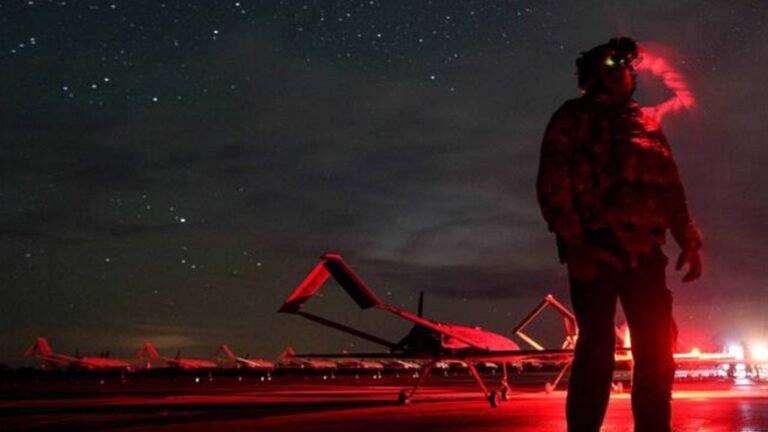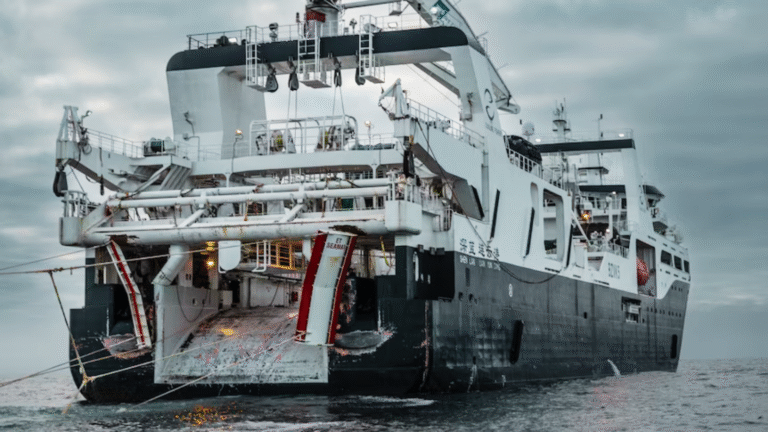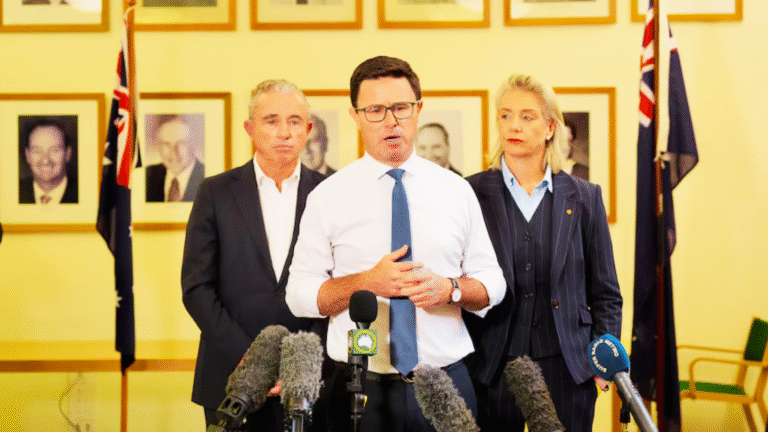In a striking display of geopolitical maneuvering, Taiwan reported the presence of 24 Chinese military aircraft near its shores on Sunday, coinciding with the passage of a Canadian warship through the contentious Taiwan Strait. This marked the first transit of a Canadian naval vessel in the waterway this year, following a recent passage by two U.S. ships that had already stirred tensions.
The Taiwan Strait, a vital 180-kilometer (112-mile) corridor, is frequently traversed by the United States and its allies to assert its status as an international waterway—a move that consistently provokes Beijing’s ire. Despite never having governed Taiwan, China claims the democratic island as its territory and has issued threats to exert control through military means.
Taiwan’s foreign ministry confirmed that the Royal Canadian Navy’s Halifax-class frigate, HMCS Ottawa, sailed through the strait on February 16. In a statement, the ministry emphasized that Canada’s actions reaffirmed the principles of freedom, peace, and openness in the strait, reinforcing the notion that these waters are international.
As the Canadian vessel made its journey, Taiwan’s defense ministry detected a notable uptick in Chinese military activity, reporting 24 aircraft—including fighter jets and drones—engaged in “joint combat readiness patrols” around the island. Reports from Taiwanese media indicated that the Chinese military attempted to communicate with the Canadian ship, urging it to change course.
This uptick in military presence comes on the heels of a U.S. destroyer and ocean survey ship transiting the strait starting February 10, which drew sharp criticism from China. The Chinese military claimed these actions sent a “wrong signal” and heightened security risks in the region.
Furthermore, data released by Taiwan’s defense ministry revealed that 62 Chinese military aircraft were detected in the vicinity of the island within a 48-hour window leading up to Wednesday morning, coinciding with the U.S. ships’ movements.
This latest passage marks a significant moment in ongoing tensions, especially as it follows discussions between U.S. officials and Japanese Prime Minister Shigeru Ishiba, condemning any unilateral attempts to alter the status quo in the Taiwan Strait through force or coercion. As the situation unfolds, the delicate balance of power in the region remains a focal point of international concern.













+ There are no comments
Add yours